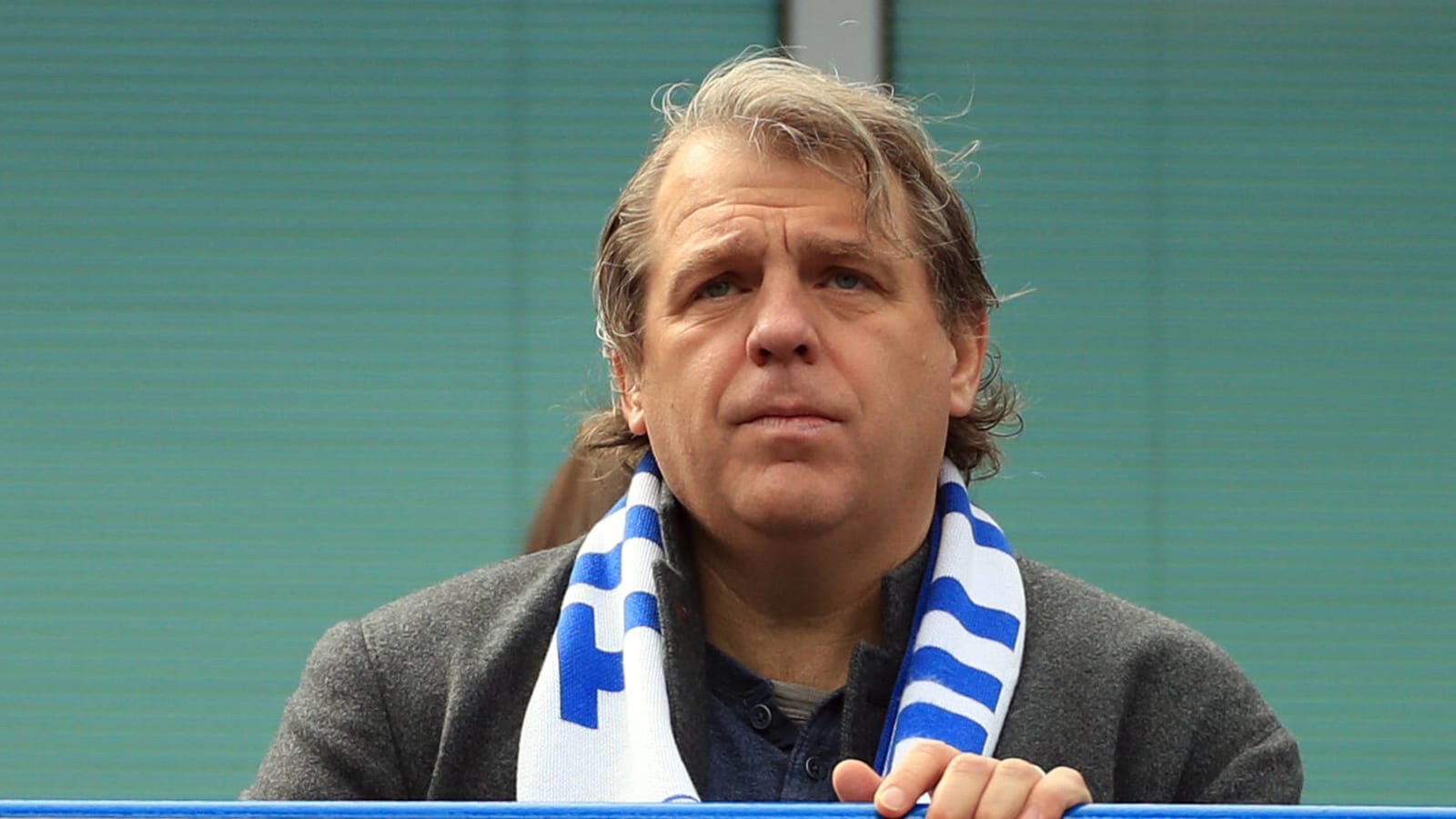
Can Chelsea return to top of the Premier League with spending strategy?
Chelsea FC has made headlines all year for its eye-watering spending habits.
The club has spent nearly a billion dollars on new players in the past 18 months, nearly as much as the rest of the Premier League combined.
It's turned itself into an outlier, but the truth is that Chelsea isn't trying to operate like the rest of the Premier League. It's trying to operate like an investment portfolio — and its owners believe that mindset will help it leapfrog its competitors on the field.
To understand this approach, let's look at Chelsea's new $300M midfield:
This Chelsea midfield revamp is one for the ages. Hats off to everyone at Chelsea for pulling this off.#CFC pic.twitter.com/V8GbXhW7fS
— Chelsea Dodgers (@TheBlueDodger) August 14, 2023
Fernandez, Caicedo and Lavia were all signed on long-term contracts, with Fernandez and Caicedo tied to Chelsea for eight years and Lavia for five. Chelsea will, therefore, amortize the cost of each player over the years of his corresponding contract.
For example, this means that while Fernandez was signed for upwards of $120M in the market, Chelsea will only be recording $15M of spend for him per year — his price divided by the length of his contract.
Think of Fernandez, Caicedo and Lavia as long-term investments in Chelsea's portfolio. They're young players who are expected to stick around for a while and Chelsea believes their talent ceiling is high enough to be offset any performance-based volatility in the short term.
But how is Chelsea protecting against that volatility? By thinking like hedge fund managers and leveraging other players, particularly homegrown ones, as bets in the opposite direction.
English midfielder Conor Gallagher is a great example of this. He's a hardworking, creative box-to-box midfielder and he can comfortably backfill for any of Fernandez, Caicedo or Lavia. He was signed before they were, though, and his contract is much shorter — it's set to expire in just two years.
If one of Fernandez, Caicedo or Lavia fails to impress, Gallagher will be waiting in the wings as backup; he is the literal 'hedge' against their performance volatility. But if they all succeed, then Gallagher exists simply to be sold.
With an expected market value of $40M, Gallagher's sale — which will be recognized all at once by Chelsea when it happens — will offset the amortized yearly cost of Fernandez, Caicedo and Lavia combined.
As far as the accounting department is concerned, the club would be turning a profit on its midfield in that scenario. Forget that the long-term trio cost $300M to Gallagher's $40M; Chelsea is playing with contract length and amortization here to keep itself solvent on a year-to-year basis.
Many in global soccer bemoan this strategy, complaining that it removes the romance and history of the game and prevents smaller clubs from competing with teams like Chelsea that can afford to amortize a contract worth $120M.
But others, especially businesspeople, view it as a fascinating way to turn soccer teams — traditionally unprofitable enterprises — into revenue-generating machines.
There is risk involved for Chelsea; if any one of its long-term signings sees their market value plummet, it will be difficult for the club to financially recover.
But Chelsea clearly believes the risk is worth the reward. Treating players like investments, and categorizing them thoughtfully into short and long-term arcs with the club, could see it jump back up to the top of the Premier League table.
More must-reads:
- How phone calls from Mauricio Pochettino helped get 3 Chelsea transfer deals done/close
- Chelsea remain wary about outgoing deal despite claims of a medical being done
- The '2015 USWNT FIFA Women's World Cup team' quiz
Breaking News
Customize Your Newsletter
 +
+
Get the latest news and rumors, customized to your favorite sports and teams. Emailed daily. Always free!

